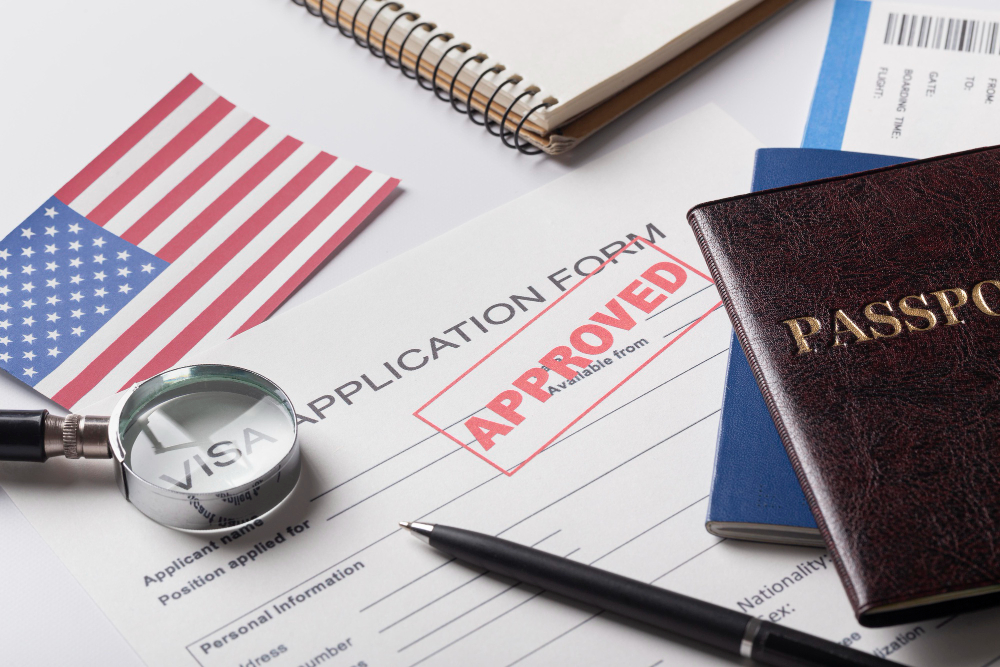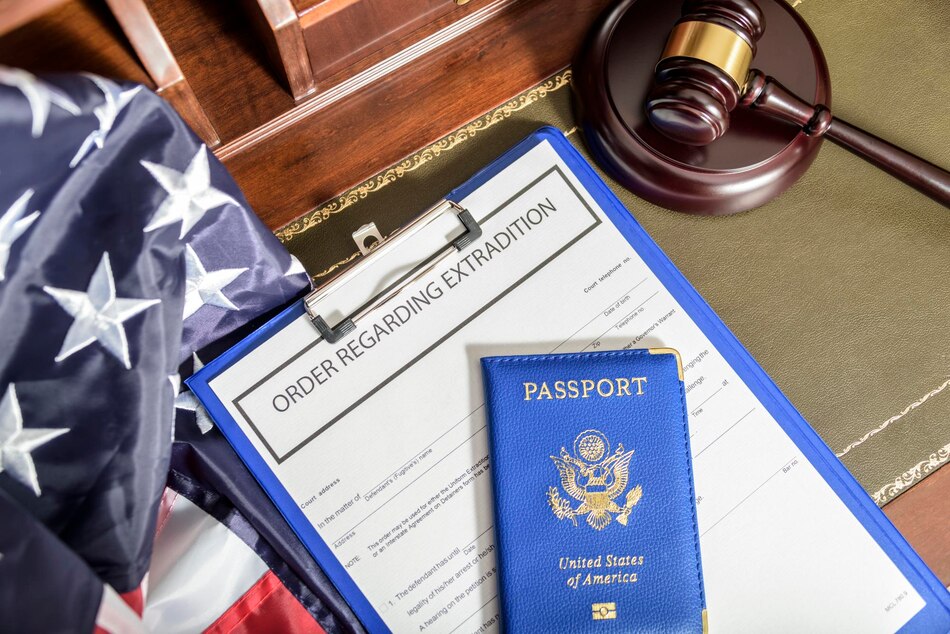Introduction
When it comes to traveling to the United States for a temporary stay, whether for tourism, business, education, or other purposes, a non-immigrant visa is often the key that unlocks the door. These visas are issued to individuals who intend to stay in the U.S. for a specific period, with a predetermined purpose, and the intention to return to their home country afterward. In this comprehensive guide, we will delve into the intricacies of non-immigrant visas, their types, application processes, and important consider

What Is a Non-Immigrant Visa?
A non-immigrant visas, in essence, is a temporary visa that grants foreigners legal permission to enter the United States for specific purposes, such as tourism, work, education, medical treatment, or business-related activities. The primary distinction between non-immigrant and immigrant visas is the intention behind the visit. Non-immigrant visa holders intend to return to their home countries upon the completion of their authorized stay, while non immigrant visa holders aim to establish permanent residence in the U.S.
Types of Non-Immigrant Visas
The U.S. offers a wide range of non-immigrant visa categories, each tailored to specific purposes and eligibility criteria. Here are some of the most common types:
- B-1/B-2 Visas (Business/Tourist): These visas are for individuals traveling to the U.S. for tourism or business purposes. B-1 visas are for business activities like meetings, conferences, or negotiations, while B-2 visas are for tourism and leisure activities.
- F-1 Visa (Student): This visa is for international students enrolling in academic programs at U.S. institutions. It allows them to study and, in some cases, work on-campus during their stay.
- H-1B Visa (Temporary Worker): The H-1B visa is for skilled workers employed by U.S. companies in positions that require specialized knowledge. It is commonly used in fields like technology, engineering, and healthcare.
- J-1 Visa (Exchange Visitor): J-1 visas are for individuals participating in exchange programs, including students, scholars, and professionals. They aim to foster cultural exchange and knowledge-sharing.
- L-1 Visa (Intracompany Transferee): L-1 visas are for employees of multinational companies who are transferred to a U.S. branch, subsidiary, or affiliate. It facilitates temporary work assignments within the organization.
- O-1 Visa (Extraordinary Ability): This visa is for individuals with exceptional skills or achievements in fields like arts, sciences, athletics, or business. It is often referred to as the “genius visa.”
- K-1 Visa (Fiancé/Fiancée): The K-1 visa is for foreign nationals engaged to U.S. citizens. It allows them to enter the U.S. to get married and subsequently Non-Immigrant Visas apply for permanent residency.
- E-2 Visa (Investor): This visa is for individuals who Non-Immigrant Visas invest a substantial amount of capital in a U.S. business and actively participate in its management.
Application Process
Applying for a non-immigrant visa involves several steps:
- Complete the DS-160 Form: This online form collects information about your intended visit, personal details, and background.
- Pay the Visa Fee: The application Non-Immigrant Visas typically requires a non-refundable fee.
- Schedule an Interview: After paying the fee, schedule an appointment at the nearest U.S. embassy or consulate for an interview. Some categories may not require an interview.
- Gather Required Documents: Prepare supporting documents, such as your passport, DS-160 confirmation page, photo, and any additional documents specific to your visa category.
- Attend the Interview: Attend the scheduled interview and provide accurate information about your travel plans, ties to your home country, and other relevant details.
- Biometrics Appointment: You may need Non-Immigrant Visas to attend a biometrics appointment for fingerprinting and photographing.
- Wait for Visa Processing: After the interview, your visa application will undergo processing. This can take several weeks.
- Receive Your Visa: If approved, your visa will be affixed to your passport. Make sure to check it for accuracy.
Important Considerations
- Intent to Return: Demonstrating strong ties to your home country, such as family, employment, and property, is crucial to proving your intention to return after your temporary stay.
- Expiration and Extensions: Non-immigrant visas have expiration dates. If you need more time in the U.S., you may apply for an extension under certain circumstances.
- Maintaining Status: While in the U.S., it’s essential to adhere to the terms and conditions of your visa to avoid visa violations and potential deportation.
- Dual Intent: Some non-immigrant visa categories, like H-1B, allow for “dual intent,” meaning you can pursue permanent residency without jeopardizing your non-immigrant Status.
- Consult with an Immigration Attorney: If you have complex immigration needs or concerns, it’s advisable to consult with an immigration attorney who can provide guidance and assistance throughout the process.
Conclusion
Non-immigrant visas play a crucial role in facilitating temporary stays in the United States for a variety of purposes. Understanding the different visa categories, the application process and the associated responsibilities is essential for a successful and legally compliant visit. Whether you’re planning a short-term vacation, pursuing higher education, or working in the U.S., a non-immigrant visa can be your gateway to new opportunities and experiences while ensuring compliance with U.S. immigration laws.
FAQs About Non-Immigrant Visas
- What is the primary difference between non-immigrant visas and immigrant visas? Non-immigrant visas are intended for individuals who plan to stay in the United States temporarily for specific purposes, with the intention of returning to their home country. Immigrant visas, on the other hand, are for those seeking to establish permanent residence in the U.S.
- How do I know which type of non-immigrant visa I need? The type of non-immigrant visa you need depends on your purpose for traveling to the United States. Review the various visa categories and choose the one that aligns with your intended activities, whether it’s tourism, education, employment, or business.
- Do I need to apply for a visa if I’m a citizen of a Visa Waiver Program (VWP) country? Citizens of VWP countries can typically travel to the United States for tourism or business purposes without obtaining a visa, provided they meet certain requirements and obtain an ESTA (Electronic System for Travel Authorization) approval before boarding their flight.
- How long does the non-immigrant visa application process take? The processing time for a non-immigrant visa application can vary depending on factors such as your visa category, the volume of applications, and the U.S. embassy or consulate’s workload. It’s advisable to apply well in advance of your intended travel date, as processing times can range from a few weeks to several months.
Remember that visa requirements and regulations can change over time, so it’s advisable to check with the U.S. Department of State or consult an immigration attorney for the most up-to-date information and personalized guidance for your specific situation.











